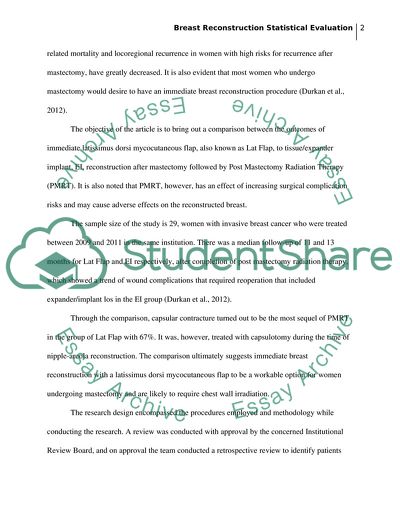Cite this document
(Breast Reconstruction Statistical Evaluation Research Paper Example | Topics and Well Written Essays - 1250 words - 1, n.d.)
Breast Reconstruction Statistical Evaluation Research Paper Example | Topics and Well Written Essays - 1250 words - 1. https://studentshare.org/statistics/1793976-breast-reconstruction
Breast Reconstruction Statistical Evaluation Research Paper Example | Topics and Well Written Essays - 1250 words - 1. https://studentshare.org/statistics/1793976-breast-reconstruction
(Breast Reconstruction Statistical Evaluation Research Paper Example | Topics and Well Written Essays - 1250 Words - 1)
Breast Reconstruction Statistical Evaluation Research Paper Example | Topics and Well Written Essays - 1250 Words - 1. https://studentshare.org/statistics/1793976-breast-reconstruction.
Breast Reconstruction Statistical Evaluation Research Paper Example | Topics and Well Written Essays - 1250 Words - 1. https://studentshare.org/statistics/1793976-breast-reconstruction.
“Breast Reconstruction Statistical Evaluation Research Paper Example | Topics and Well Written Essays - 1250 Words - 1”. https://studentshare.org/statistics/1793976-breast-reconstruction.


